In the late '80s, NASA sought ways to purify air in its space stations. To achieve this, they conducted a study to find the best plants for filtering toxins and converting carbon dioxide into oxygen.
In 1989, their results were published in a clean air study that provided a definitive list of the plants that are most effective at cleaning indoor air.
The study recommended placing at least one plant for every 100 square feet of indoor space, whether at home or in the office.
1. Dwarf Date Palm
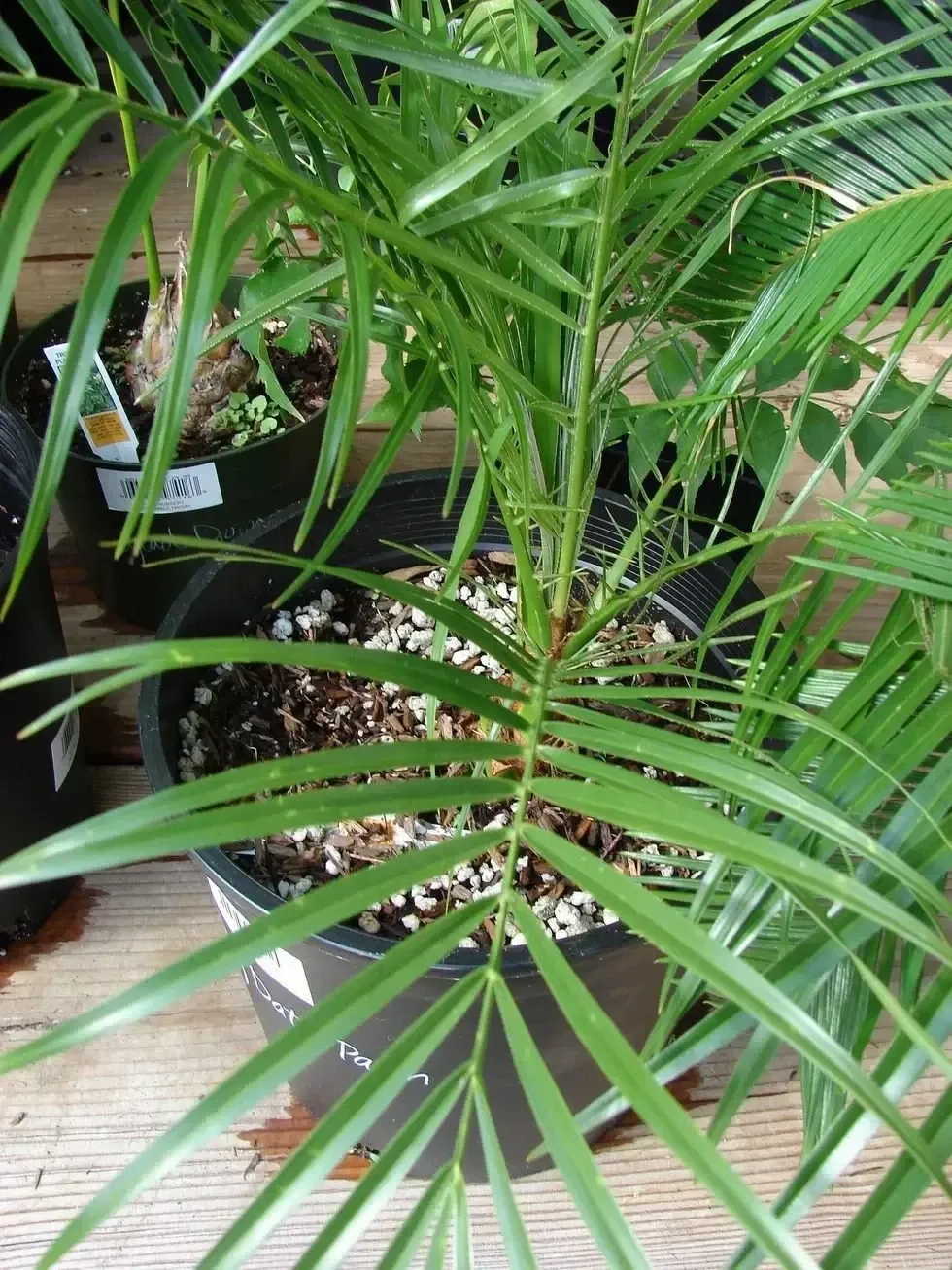
2. Boston Fern
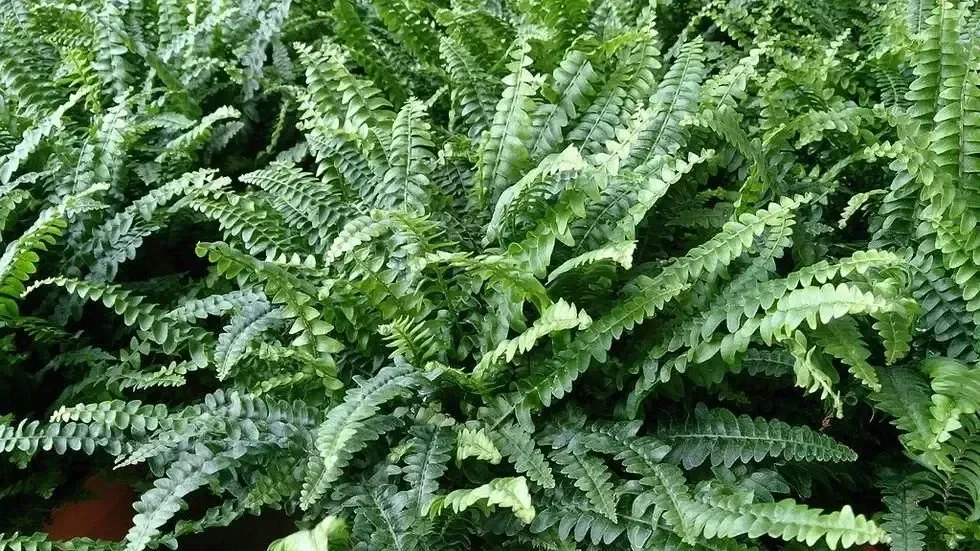
3. Kimberly Queen Fern
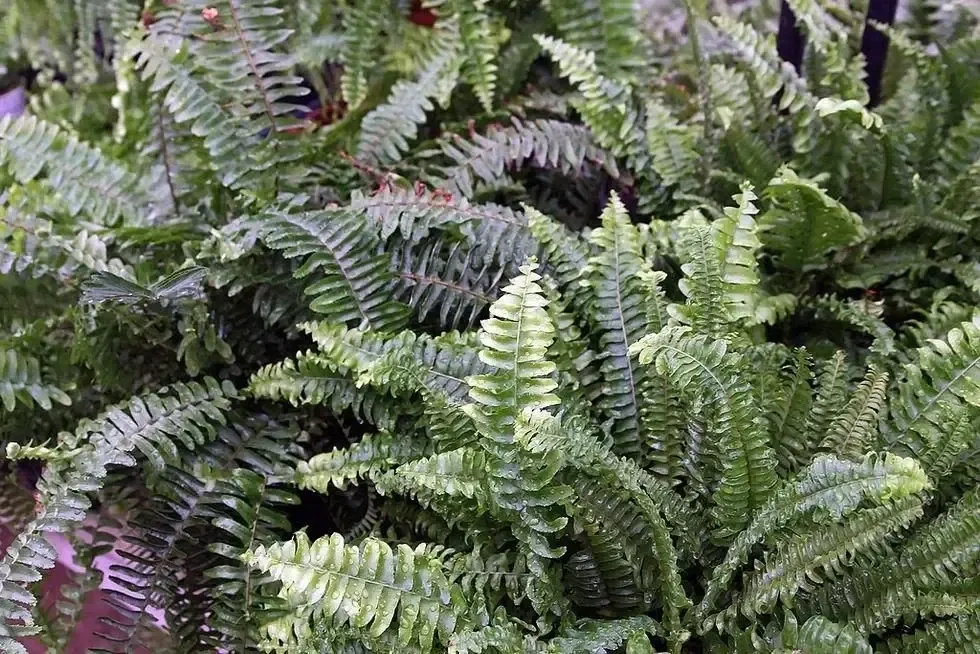
4. Spider Plant
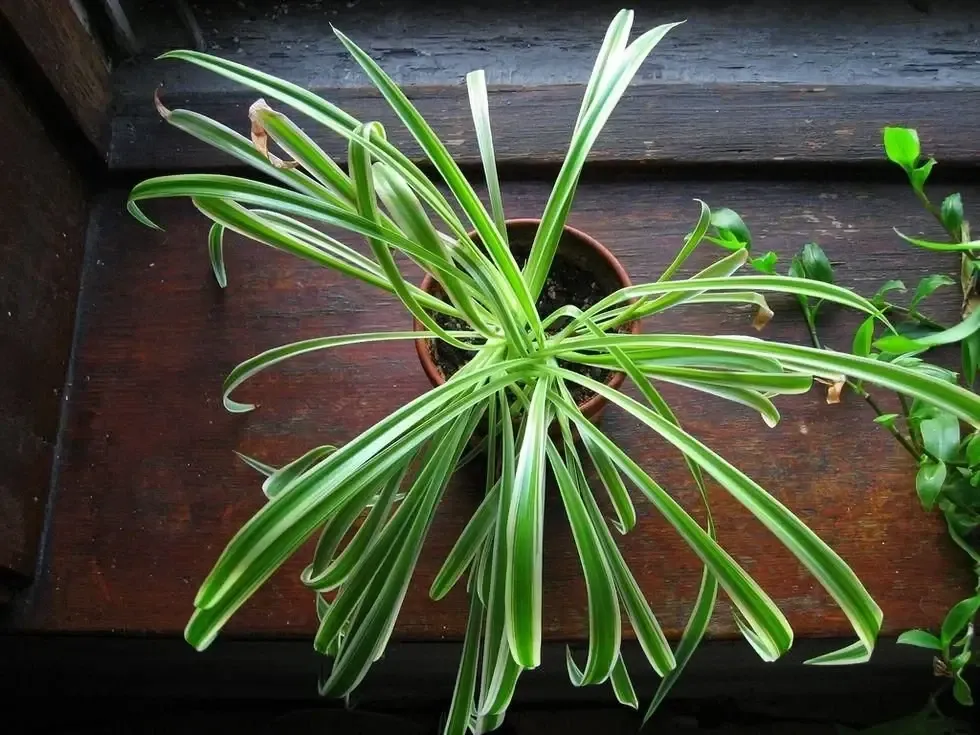
5. Chinese Evergreen
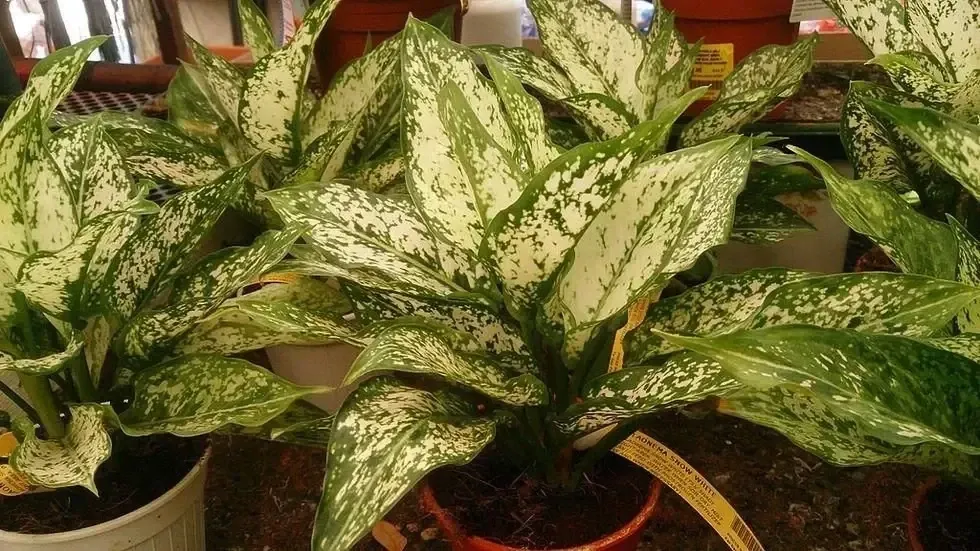
6. Bamboo Palm
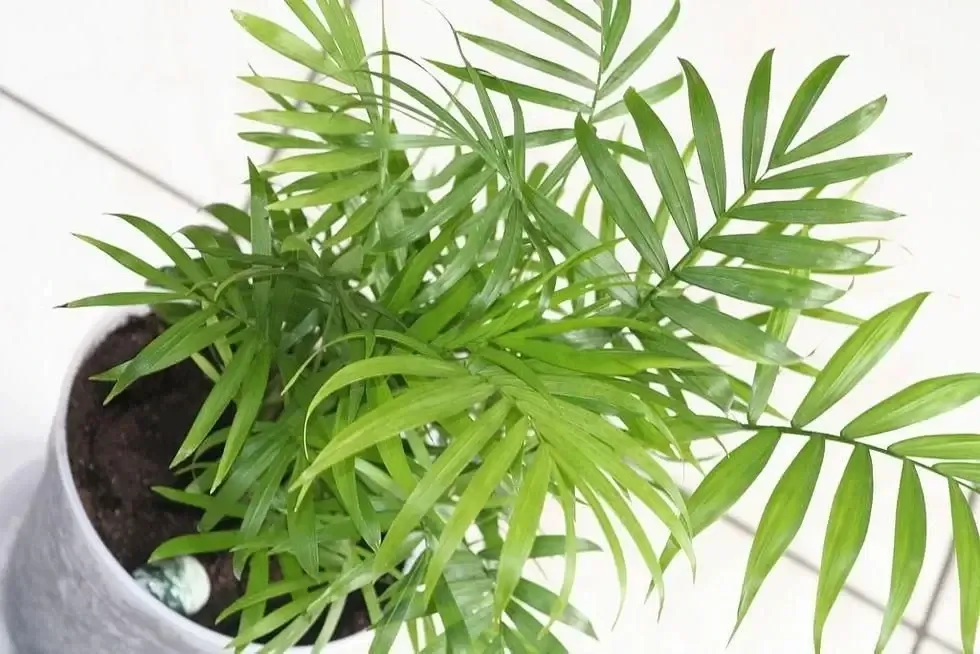
7. Weeping Fig
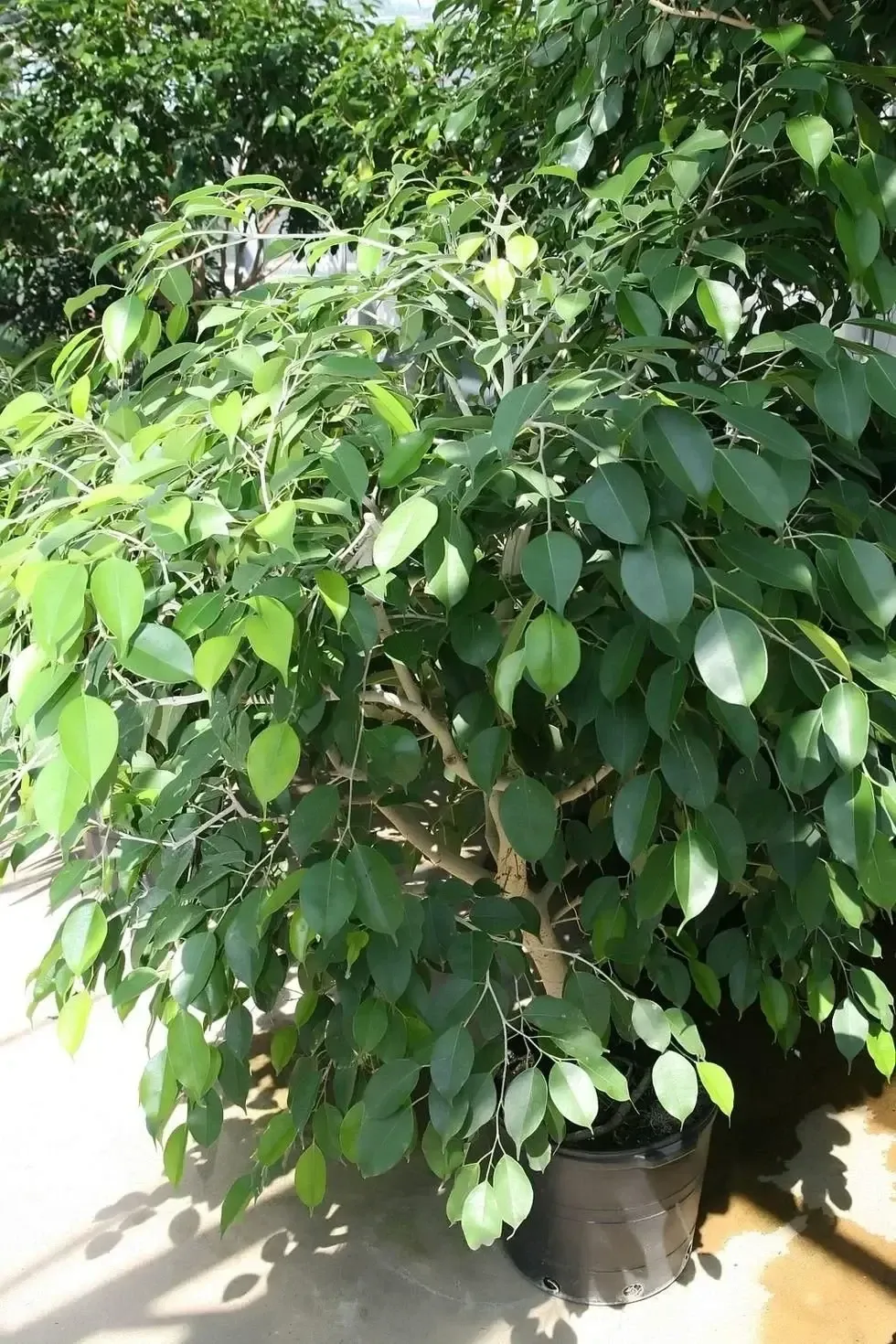
8. Devil's Ivy
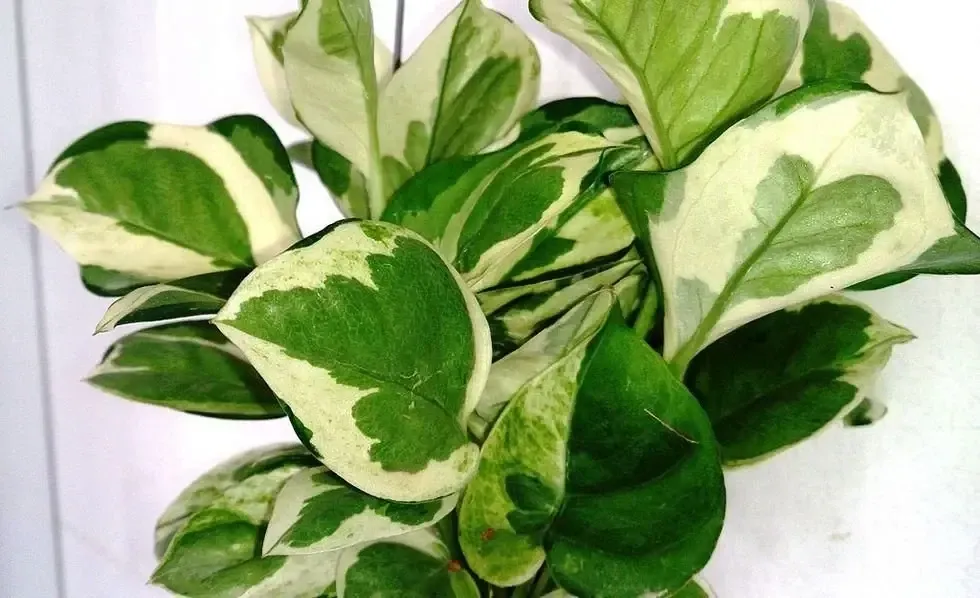
9. Flamingo Lily
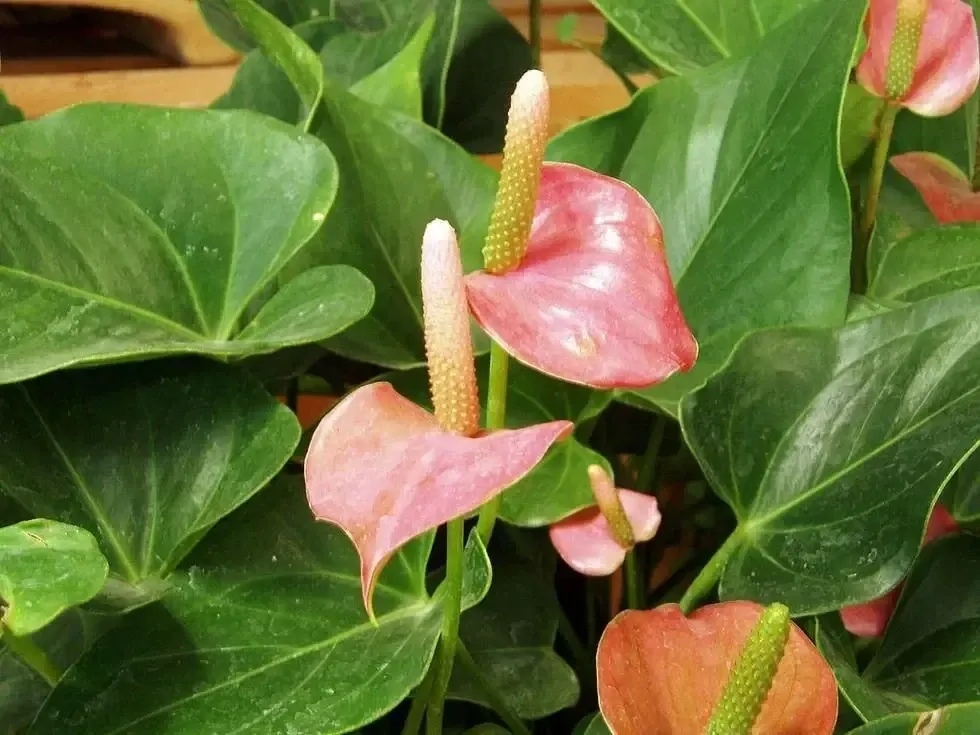
10. Lilyturf
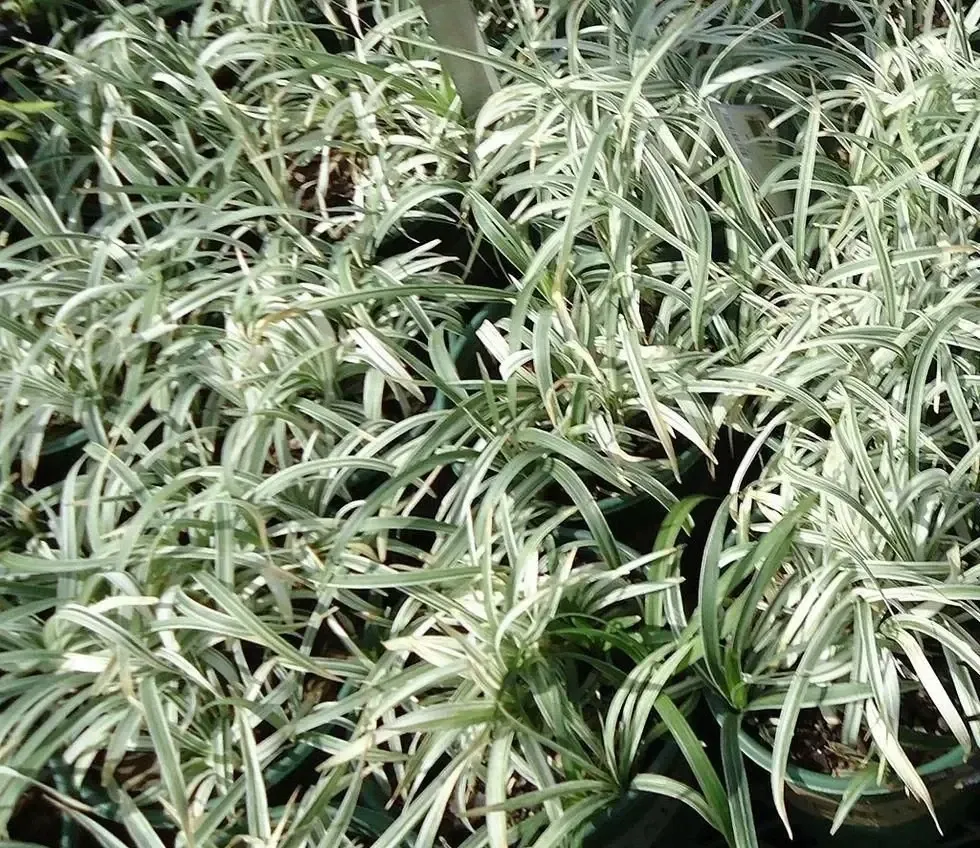
11. Broadleaf Lady Palm
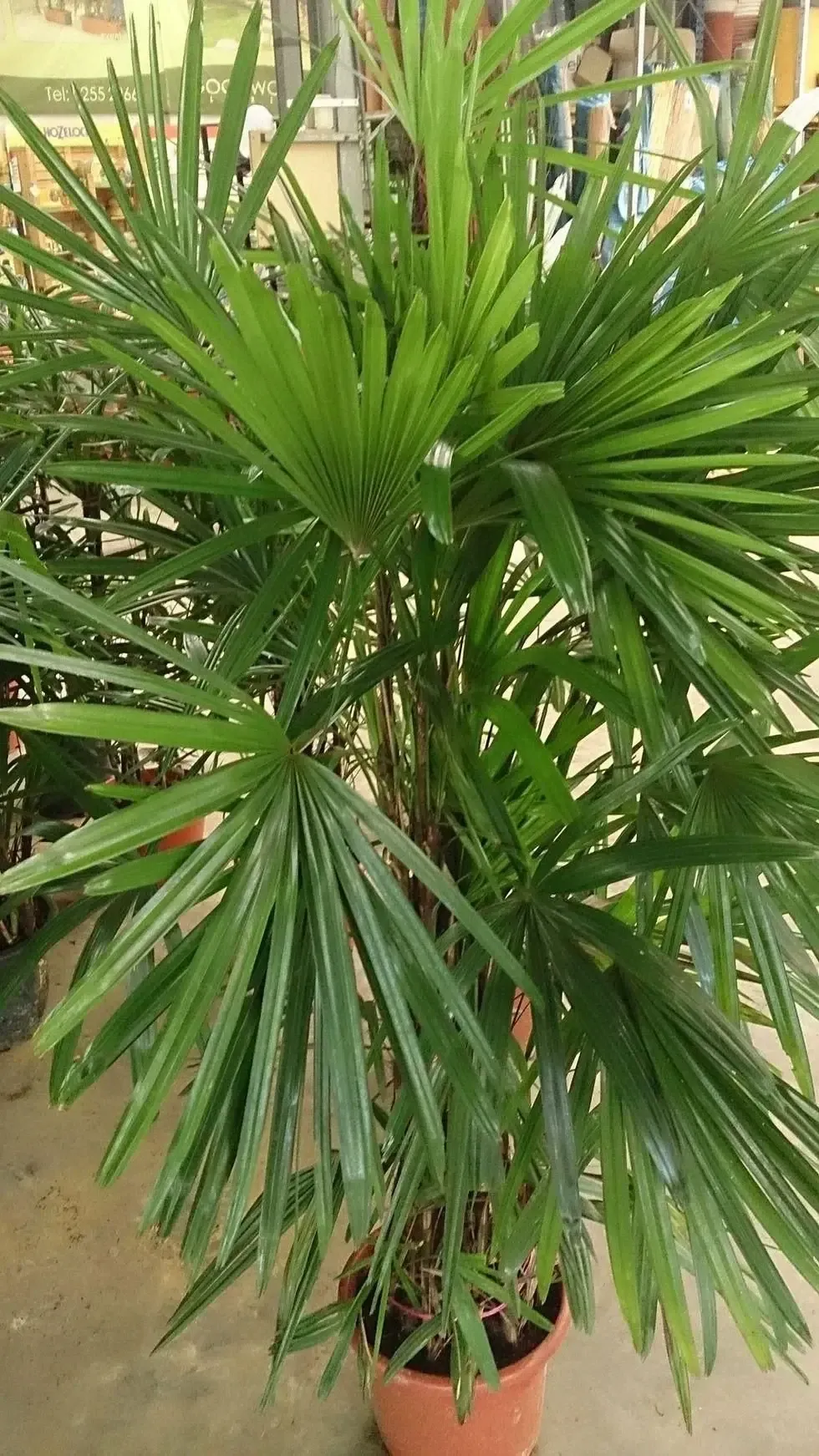
12. Barberton Daisy
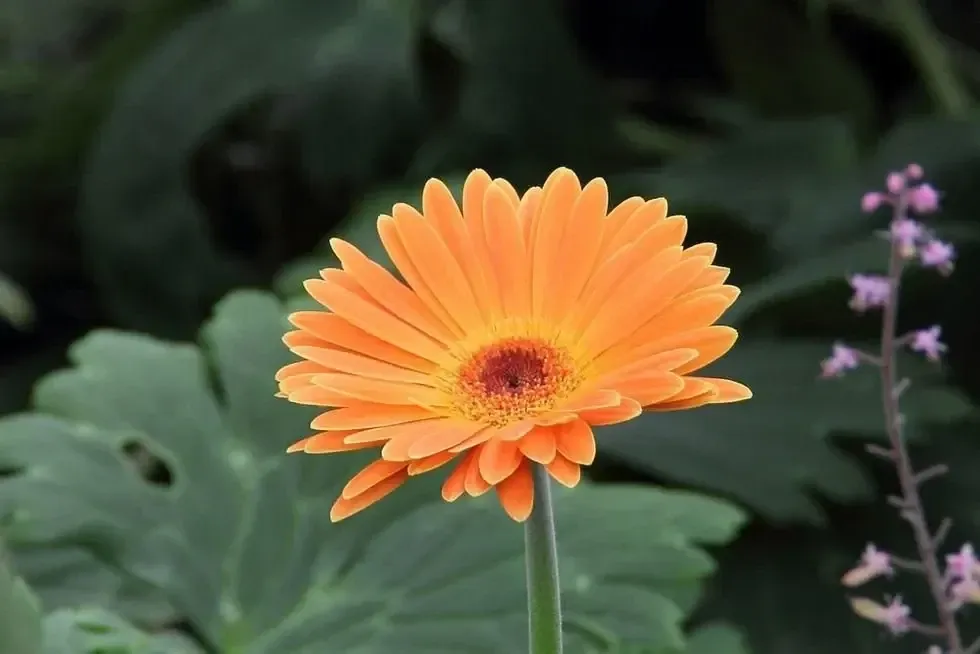
13. Cornstalk Dracena
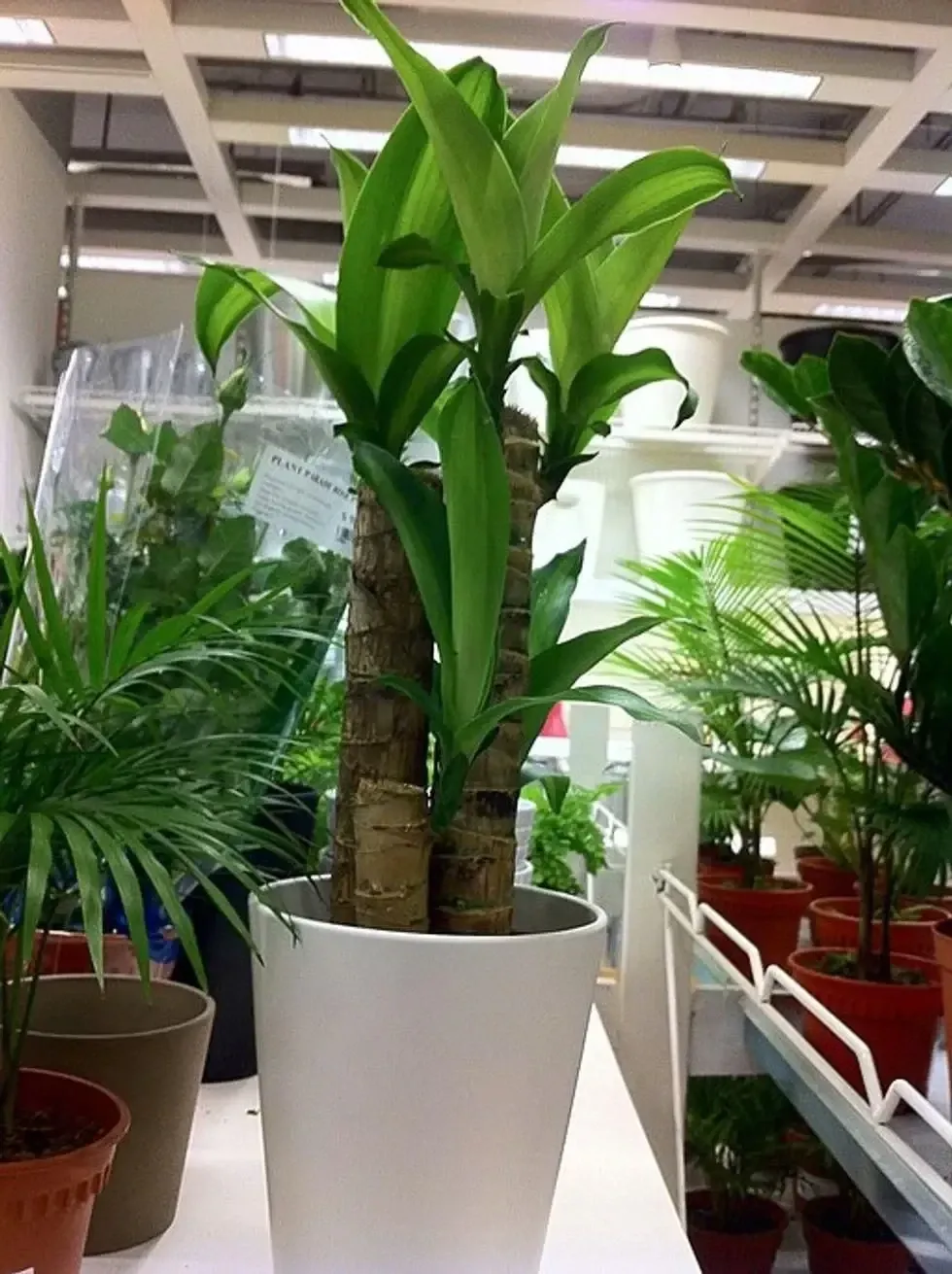
14. English Ivy

15. Varigated Snake Plant
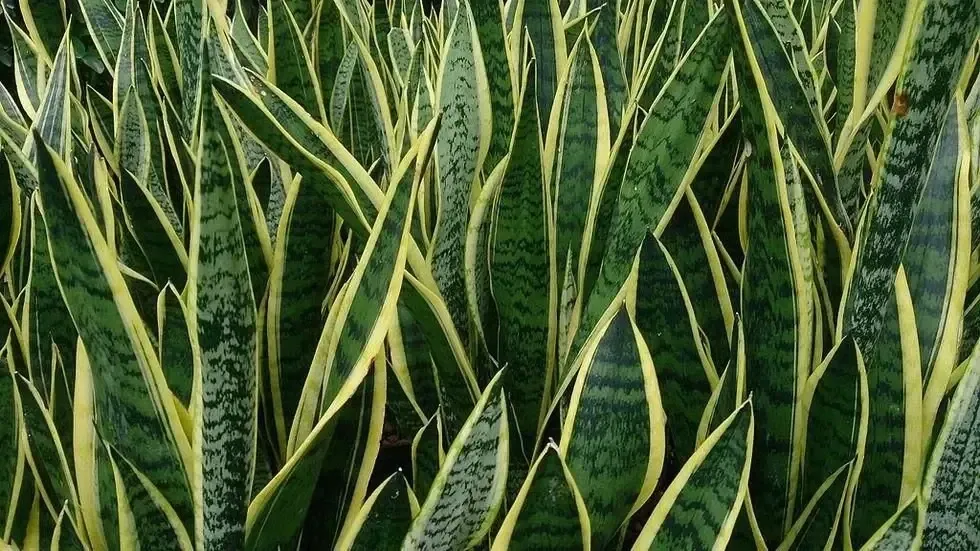
16. Red-Edged Dracaena
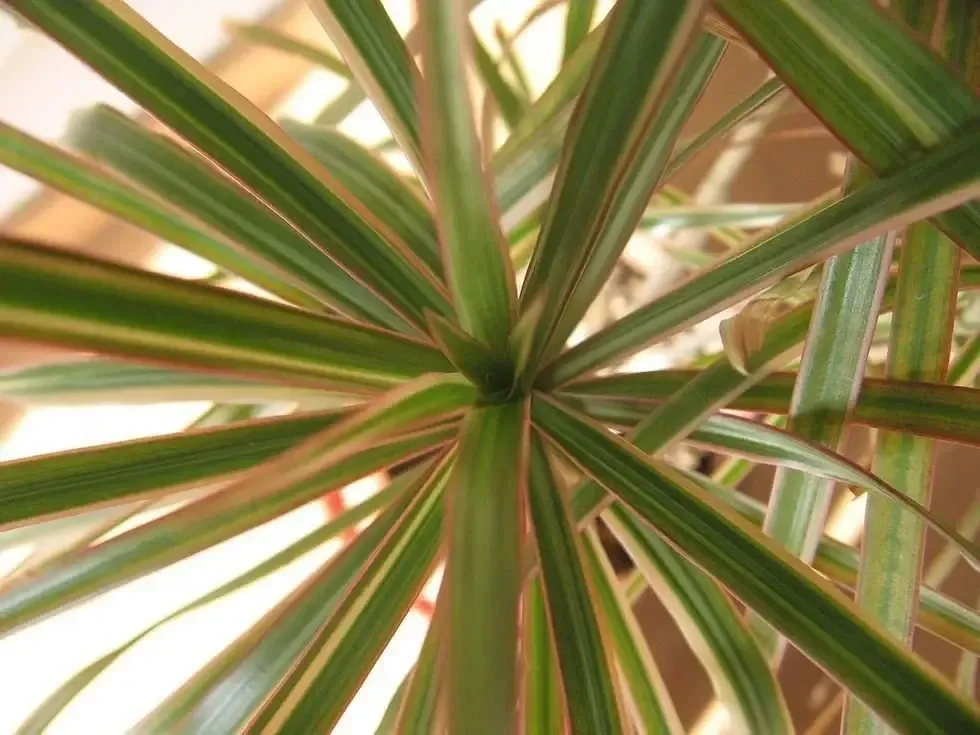
17. Peace Lily
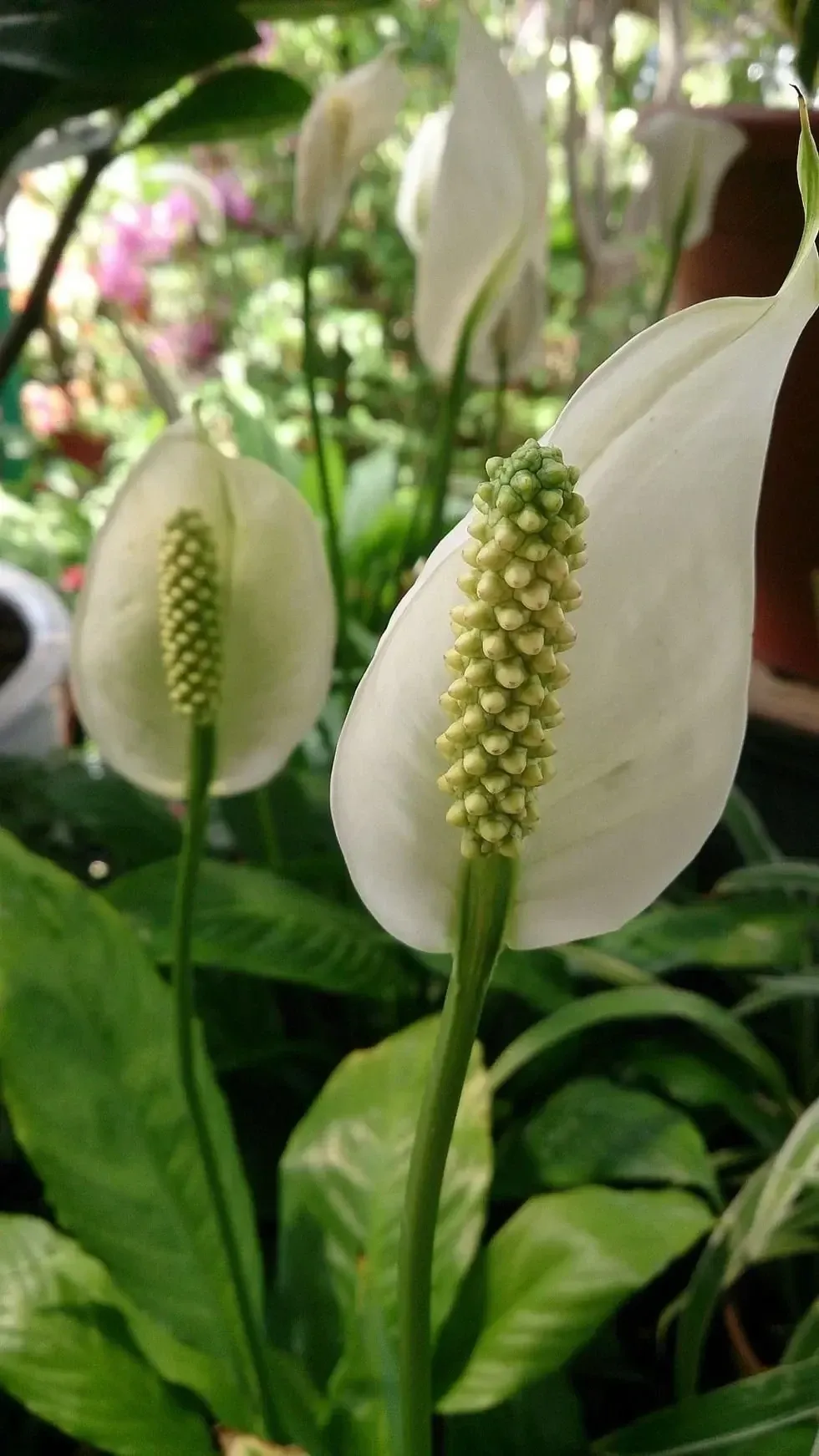
18. Florist's Chrysanthemum
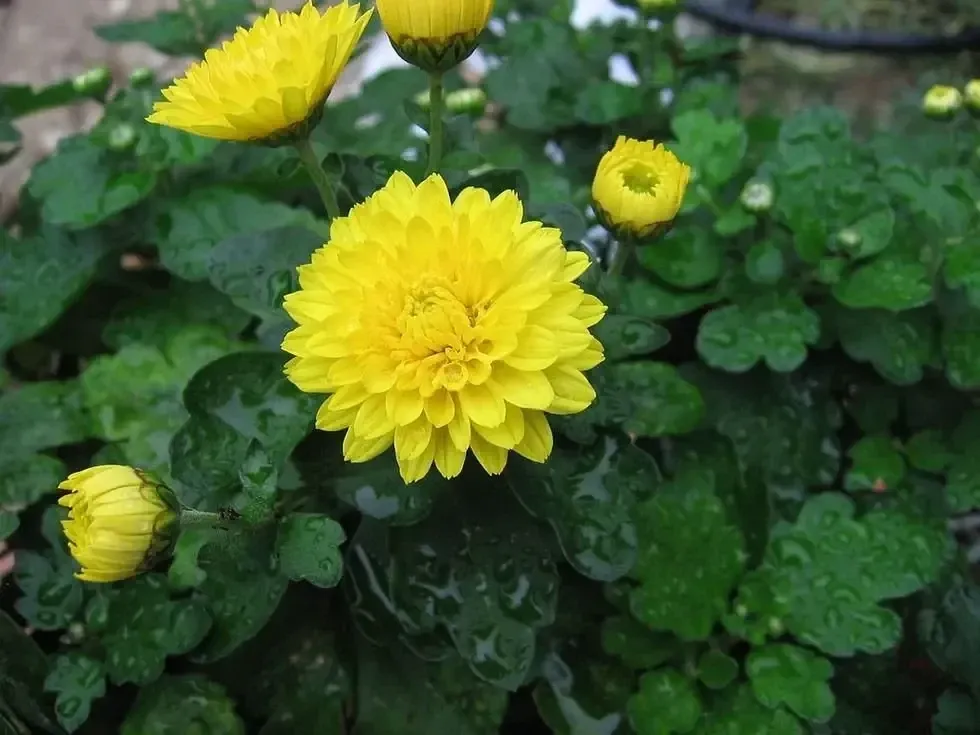
What’s in our air?
Trichloroethylene – Found in printing inks, paints, lacquers, varnishes, adhesives, and paint removers. Symptoms associated with short-term exposure include: excitement, dizziness, headache, nausea, and vomiting followed by drowsiness and coma.
Formaldehyde – Found in paper bags, waxed papers, facial tissues, paper towels, plywood paneling, and synthetic fabrics. Symptoms associated with short-term exposure include: irritation to nose, mouth and throat, and in severe cases, swelling of the larynx and lungs.
Benzene – Used to make plastics, resins, lubricants, detergents, and drugs. Also found in tobacco smoke, glue, and furniture wax. Symptoms associated with short-term exposure include: irritation to eyes, drowsiness, dizziness, headache, increase in heart rate, headaches, confusion and in some cases can result in unconsciousness.
Xylene – Found in rubber, leather, tobacco smoke, and vehicle exhaust. Symptoms associated with short-term exposure include: irritation to mouth and throat, dizziness, headache, confusion, heart problems, liver and kidney damage and coma.
Ammonia – Found in window cleaners, floor waxes, smelling salts, and fertilizers. Symptoms associated with short-term exposure include: eye irritation, coughing, sore throat.
Please note: Some of these plants may be toxic for your pets, so please do your research to ensure your furry friends stay safe.
This story originally appeared last year.





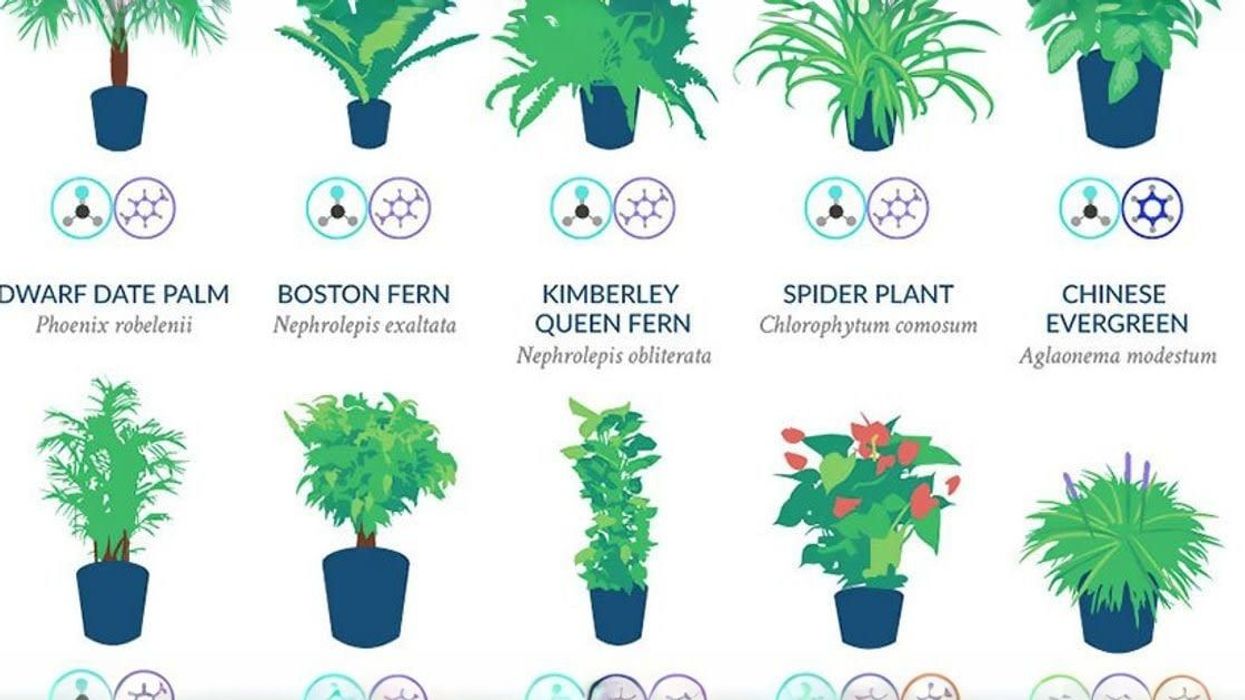










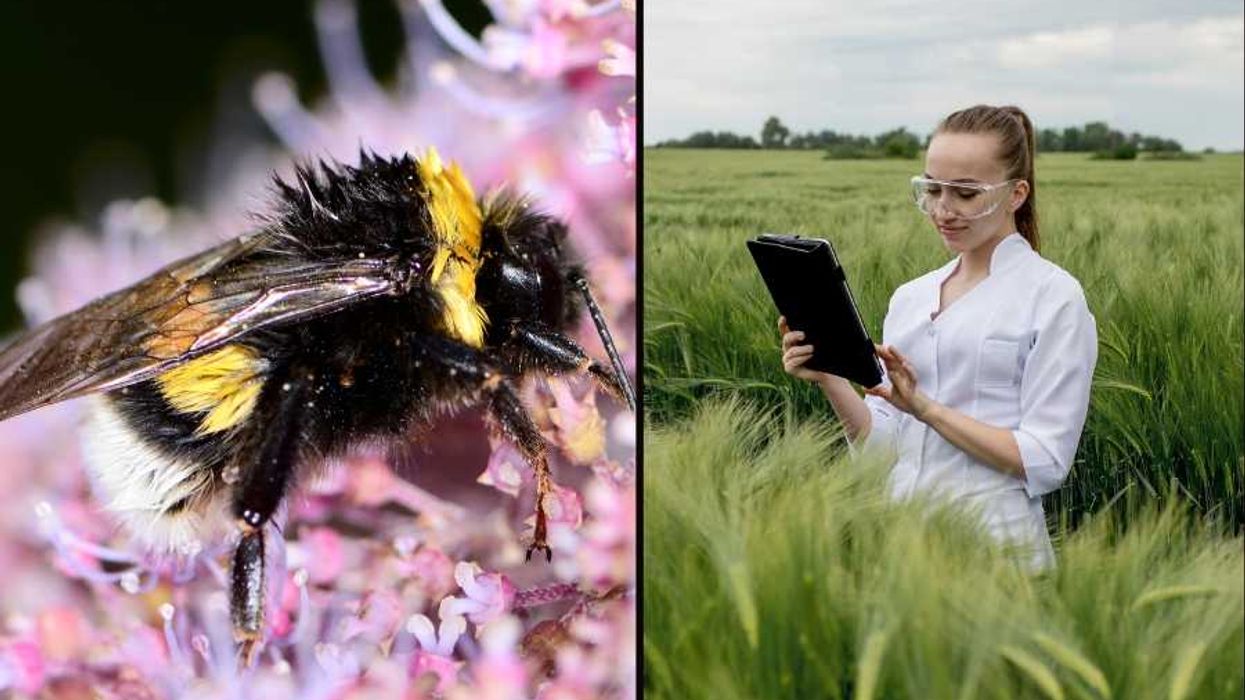

 A road near equatorial Atlantic OceanCanva
A road near equatorial Atlantic OceanCanva Waves crash against rocksCanva
Waves crash against rocksCanva
 Older woman drinking coffee and looking out the window.Photo credit:
Older woman drinking coffee and looking out the window.Photo credit:  An older woman meditates in a park.Photo credit:
An older woman meditates in a park.Photo credit:  Father and Daughter pose for a family picture.Photo credit:
Father and Daughter pose for a family picture.Photo credit:  Woman receives a vaccine shot.Photo credit:
Woman receives a vaccine shot.Photo credit: 
 Image artifacts (diffraction spikes and vertical streaks) appearing in a CCD image of a major solar flare due to the excess incident radiation
Image artifacts (diffraction spikes and vertical streaks) appearing in a CCD image of a major solar flare due to the excess incident radiation
 Brady Feigl in February 2019.
Brady Feigl in February 2019.
 Yonaguni Monument, as seen from the south of the formation.
Yonaguni Monument, as seen from the south of the formation. 
